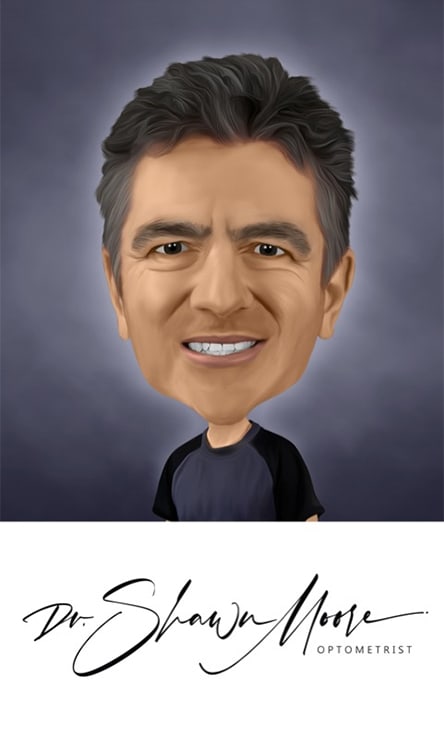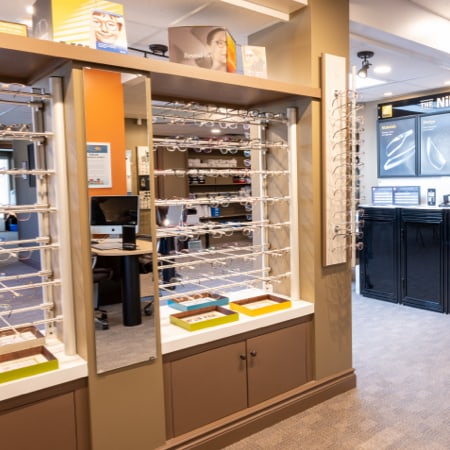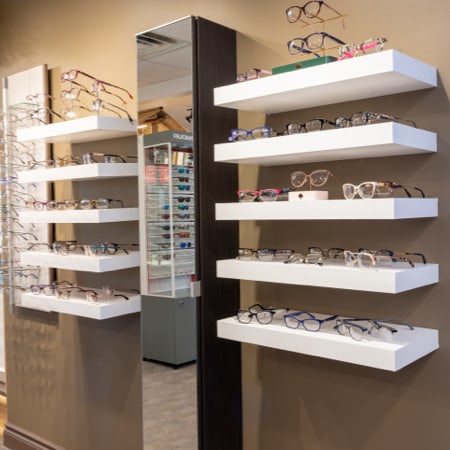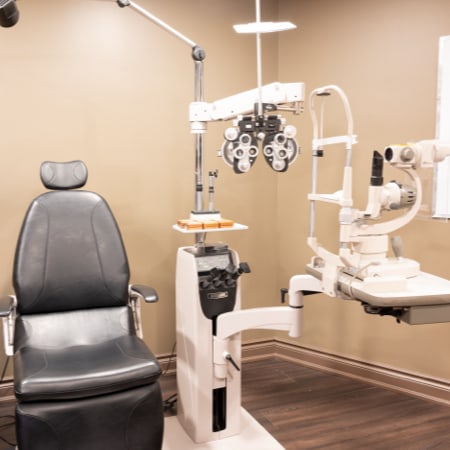Amblyopia, more commonly known as lazy eye, is an eye condition characterized by decreased vision capabilities unrelated to an eye disease. This state is unaffected by the donning of contact lenses or corrective lenses. The most typical causes of amblyopia are anisometropia (differing prescriptions/vision in each eye), cataracts, trauma, lid droop or other conditions that cause a blockage in the eye, or constant strabismus (regular turning of one eye). However, anything that impedes clear vision in one eye or the other during the crucial period (birth to six years old) can result in amblyopia.
The loss of vision that occurs with amblyopia is a result of things that are happening in the brain, so it is known as a neurologically active process. If one eye is able to see clearly and the alternate eye views a blur, the brain is able to ignore the eye with the impediment. It might also do this to protect against double vision. The suppression process can lead to a lasting decrease in vision capabilities for the blurry eye that is uncorrectable. It’s long been believed that children afflicted with amblyopia can’t be assisted after age seven, however, that has been disproved by recent studies. The practice of patching the unaffected eye is now considered to be subpar to vision therapy and current treatment methods combine minimal patching with other tactics intended to stimulate specific cells in the eye.














